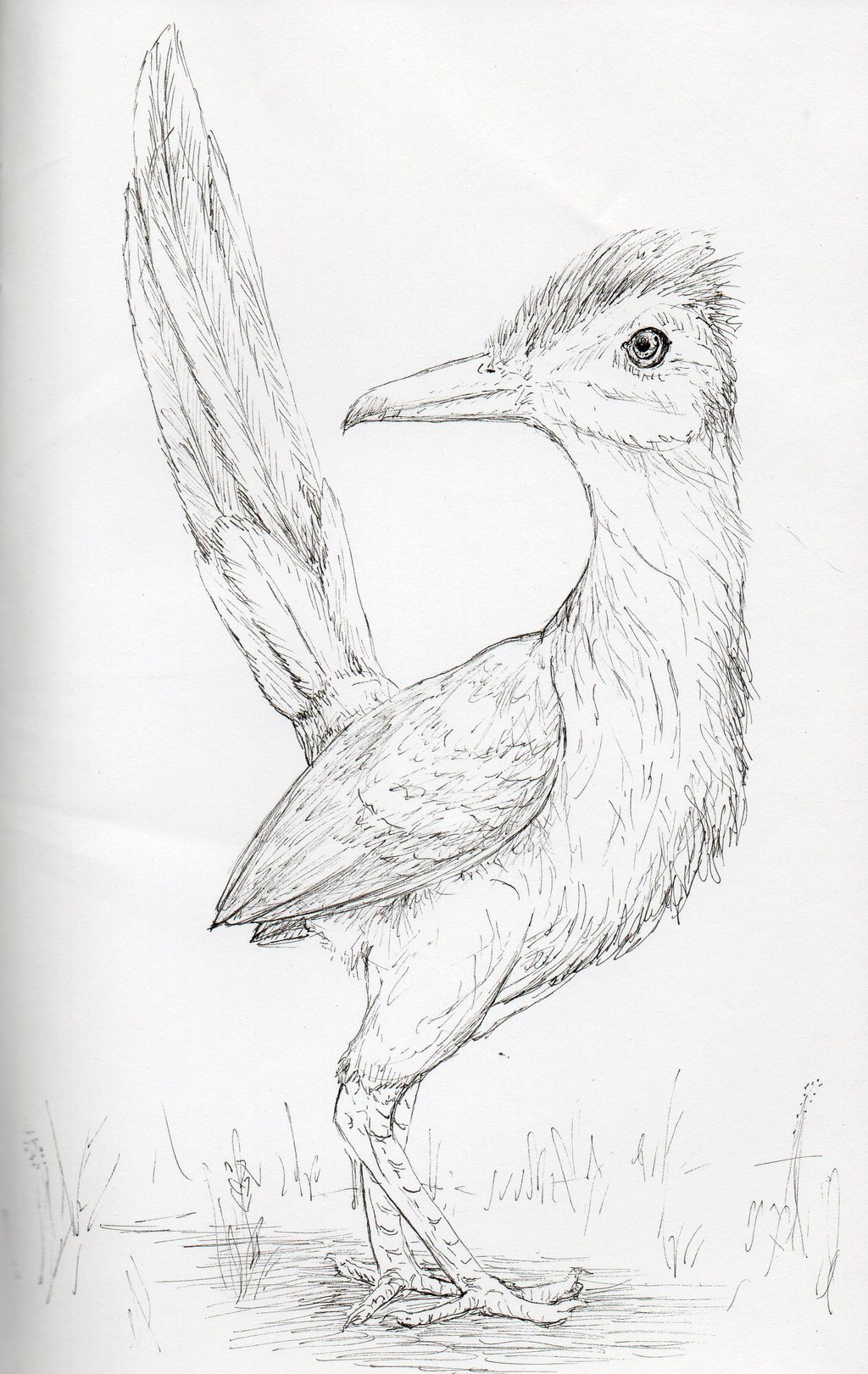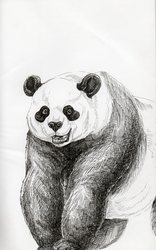Sign In
CloseTotem of the Day is Roadrunner! Explore! Use your time to experiment with different ways that you can be a positive influence to yourself and others through the use of sound. This could be physically, spiritually, or emotionally. Although, be sure to care for yourself before you care for others so that you do not run yourself ragged and can give your all to the help of others. Don't take yourself too seriously, but let yourself laugh at your own quirks. Be willing to adapt and change directions You may need to think on your feet and show your capability to adapt. The Roadrunner totem is known for it's connection to bravery, endurance, and speed. The Hopi Indians along with other Peublo tribes thought that roadrunners were medicine birds that could protect against evil spirits. The X shape of their footprints were used as sacred symbols to ward off evil in part due to the way the X shape would conceal the direction the roadrunner had gone. Their feathers were used to decorate cradle boards as spiritual protection for babies. The Hopi even had a roadrunner God named Hospoa Kachina who was a guardian against witchcraft. People who connect with Roadrunner are the most content when working on projects and hobbies. These individuals love to analyze and think, able to work on many things at once. However, sometimes this means that projects don't get completed before they are on to the next one. These types love the warm heat of the desert and often have to remind themselves to slow down when attempting to communicate with others.
Roadrunner, Geococcyx Californianus, is an omnivorous bird that can live up to 8 years in the wild. They belong to the Cuckoo family whose Latin name translates to "Californian earth-cuckoo". There are only two species in the roadrunner genus: the Lesser Roadrunner and the Greater Roadrunner. They are also known as the snake killer and ground cuckoo. An adult roadrunner can reach a length of 21 inches, wingspan of 20 inches long, and weigh just about 20 oz. These birds live throughout the Southwestern United States and northern Mexico with a preference on scrubby, semi-open habitats full of mesquite, creosote, grasslands, woodlands, and canyons. They often avoid the heavily forested areas, but will sometimes spread out into sparser suburban areas and open farmland. Roadrunners have adapted special features to compete with the hot desert environments. They are similar to seabirds in that they secrete a solution of highly concentrated salt through a gland located in front of each eye. This uses less water then excreting it through their kidneys and urinary tract. Fluttering the unfeathered area under their chin called gular fluttering also helps to dissipate heat. During the mornings, roadrunners can be found basking in the heat to warm up after the cold desert nights. This is aided by turning their backs to the sun and raising the feathers across it's back and wings to reveal black skin which absorbs heat. They sometimes sun bathe multiple times a day in the winter. Roadrunners are true to their name, known for their amazing speed. While able to fly, they generally only fly when necessary to escape threats. The four toes, two facing back and two facing forward, enable them to have better traction when running. Roadrunners can run faster than humans, reaching speeds of 20 mphs and even reaching 26 mphs at top speeds. They will often race along their large territory, flushing out prey to hunt. Male roadrunners often perch on high places such as fence posts or rocks in order to call out to mark their territory. The diet of a roadrunner includes almost anything they can catch such as reptiles, frogs, insects, centipedes, scorpions, birds, and small mammals. When hunting large prey, they will slam them against rocks or the ground in order to break the bones and make them easier to swallow. They even eat poisonous prey with no ill effects. Their diet includes fluid-rich creatures to help keep their water levels higher. These monogamous birds form long-term pair bonds. The male will bring twigs to the female who will build a cup-like nest with a depth of 4 inches and above the found by 3 to 10 feet. Nests are placed usually near a path or streambed for easier nest building. The completed nest is lined with grasses, feathers, snake skins, flakes of manure, and leaves. The parents will continue to build up this nest after laying the small egg and while raising the chick.
Submission Information
- Views:
- 475
- Comments:
- 0
- Favorites:
- 3
- Rating:
- General
- Category:
- Visual / Traditional




